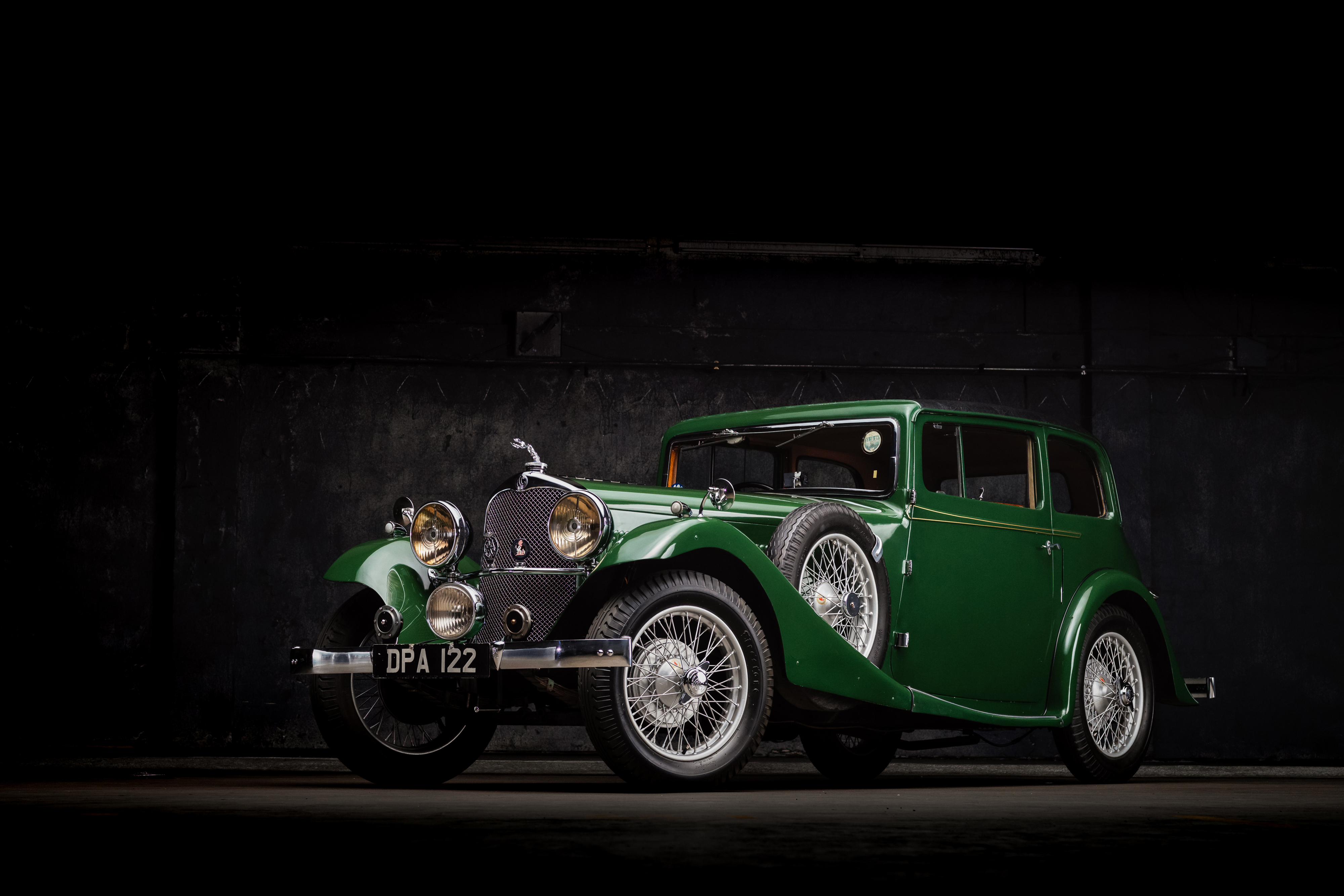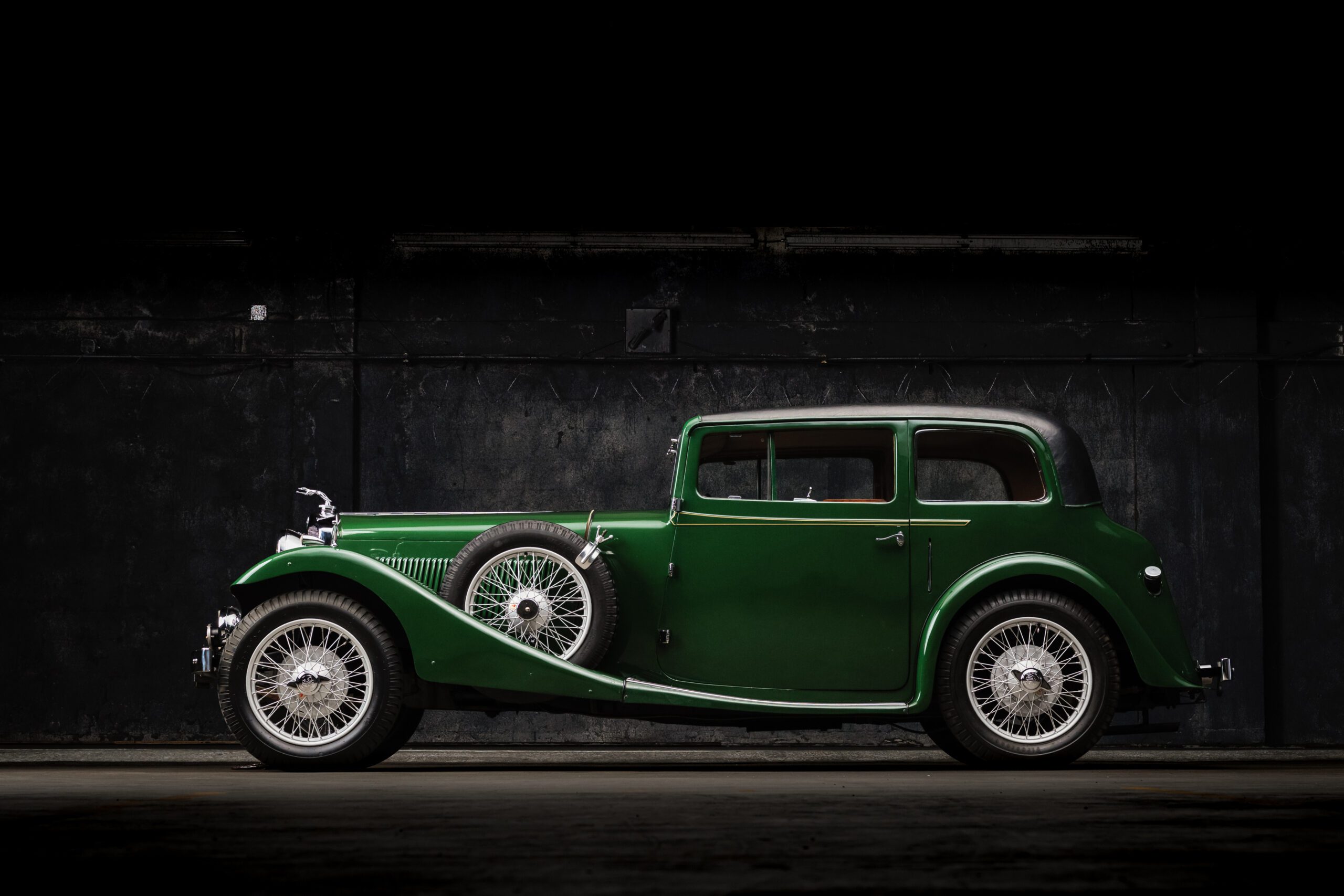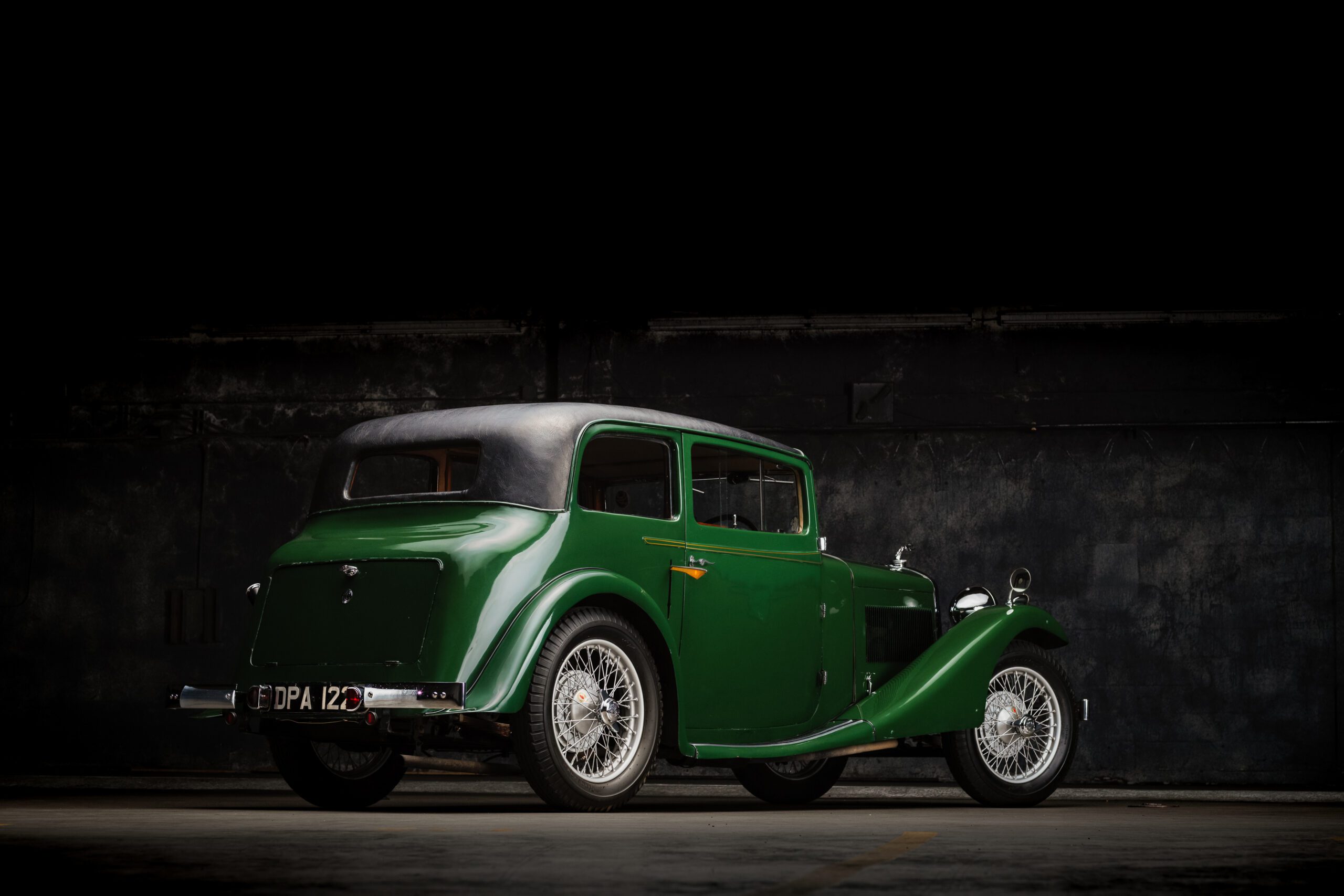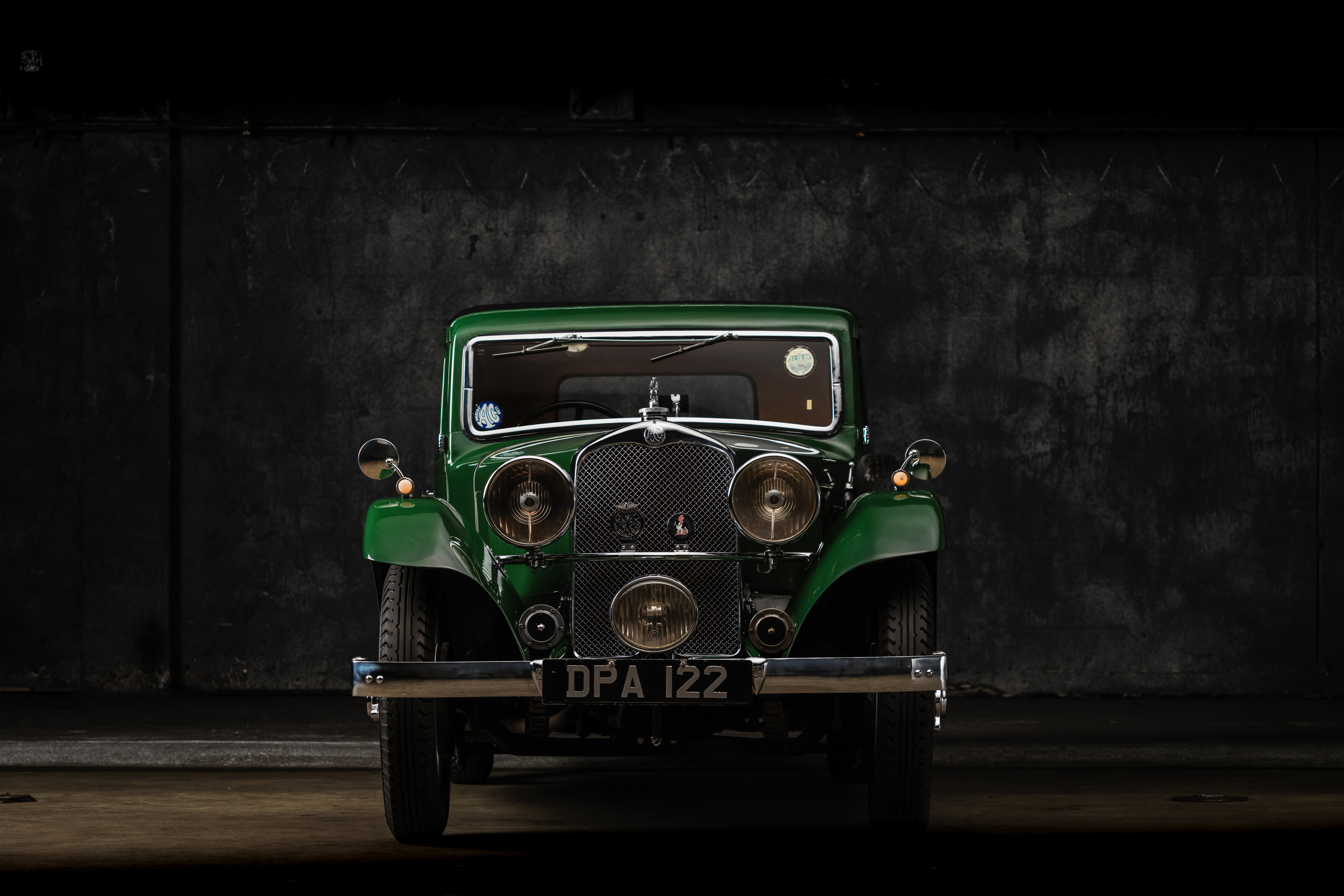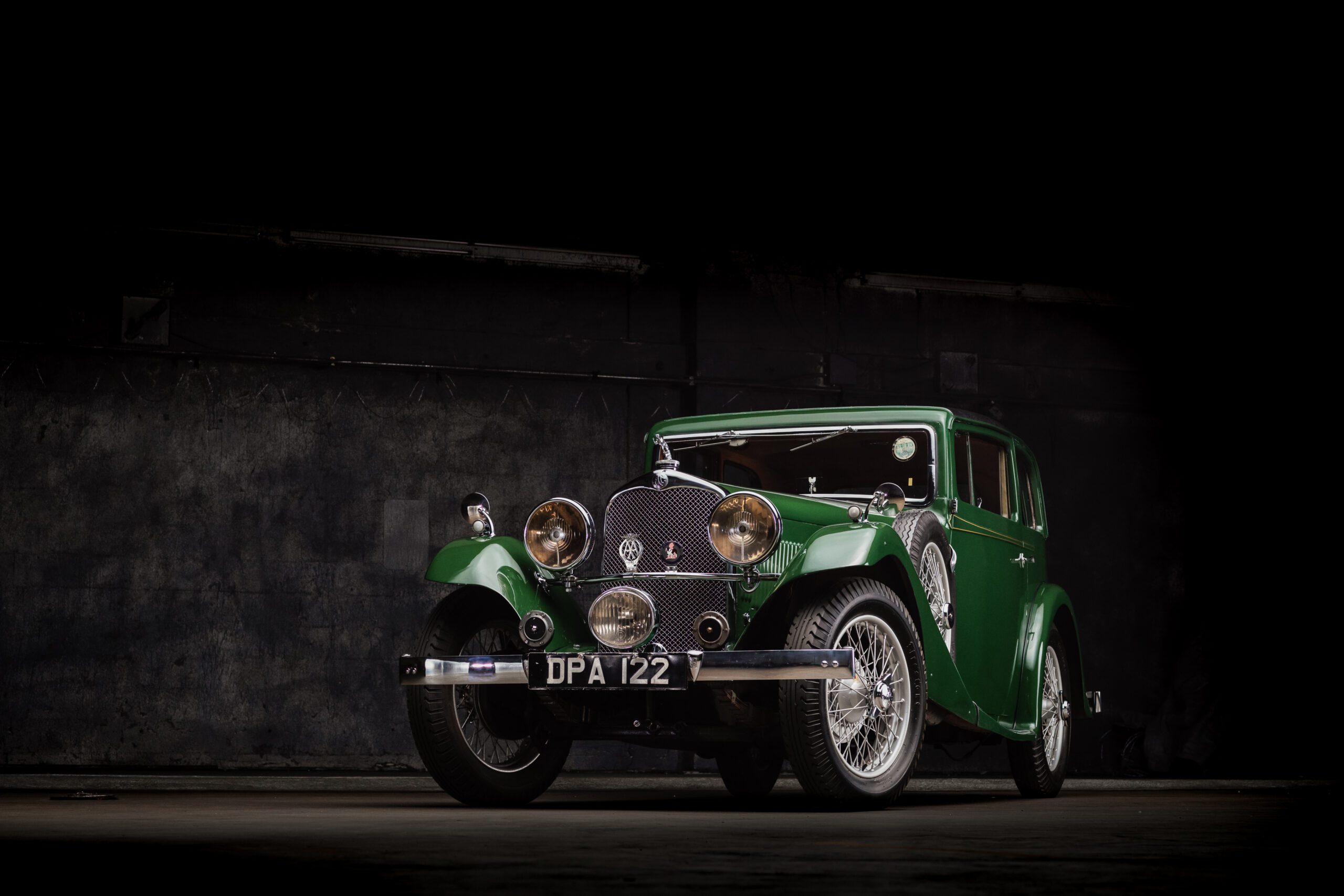In 1934, AC unveiled the “Greyhound,” a two-door saloon, which symbolized the growth and progress of the company under the Hurlock brothers. It also solidified AC’s reputation for producing high-performance vehicles of excellent quality at an affordable price. This achievement highlighted the versatility of John Weller’s 1,991-cubic-centimeter overhead-camshaft six-cylinder engine, which had been in production for 15 years. This engine was the sole power source for a diverse range of AC models and body styles.
In 1932, just two years after the Hurlocks acquired AC, a new chassis was developed. The previous transaxle, which had been favored by S.F. Edge during his ownership of the company, was replaced with a more conventional gearbox that was directly connected to the engine and clutch.
Addressing the demand for increased power in the market, AC successfully modified the Weller engine by incorporating multiple carburetors, a step that many of AC’s competitors had overlooked. By equipping the standard AC model with three SU carburetors directly supplying fuel to the cylinder head’s ports, they were able to achieve a reliable and responsive output of 60 horsepower. Subsequent enhancements in compression ratio and camshaft technology further improved this engine, enabling the same design to produce 70 and even 80 horsepower—an impressive achievement for a 2-liter engine during the mid- and late-1930s.
Source: RM Sotheby’s





